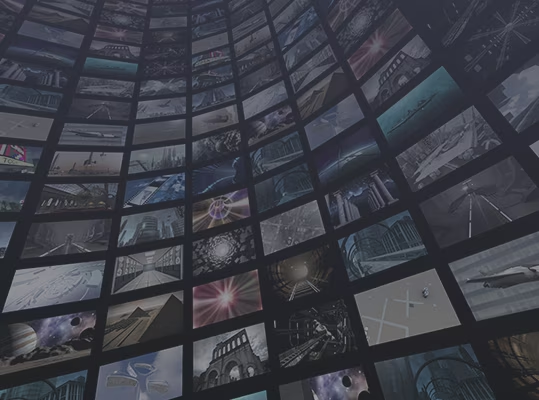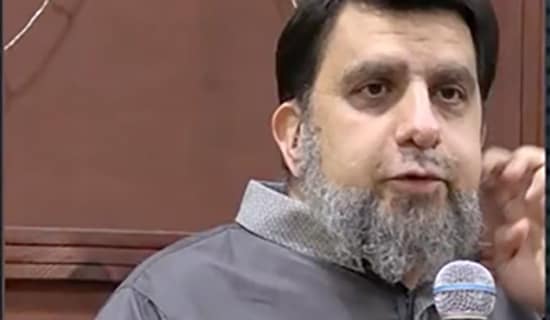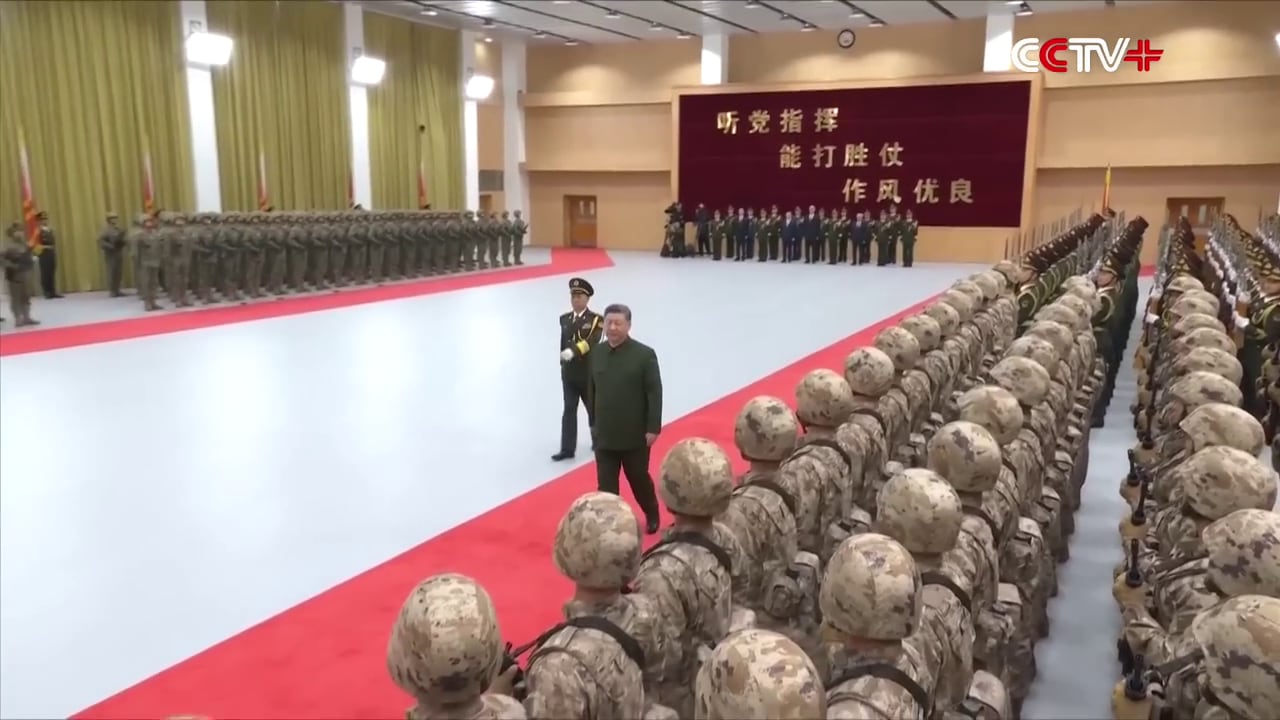
Behrouz Kamalvandi, the spokesman of the Atomic Energy Organization of Iran, said in an August 24, 2020 interview on Al-Alam TV (Iran) that Iran has 230 tons of heavy water, which he said is used for research. He said that Iran exports surplus heavy water to unspecified countries in Europe or Asia, and that Iran is also producing and exporting 242 chemical isotopes. Kamalvandi said that Iran has over 1,000 tons of yellowcake and over 3 tons of uranium enriched to 4-4.1%, and he explained that this uranium stockpile is ten times larger than the amount agreed upon in the JCPOA. He also said that Iran can enrich uranium further if the need arises.
In addition, Kamalvandi said that within 14 months, Iran’s nuclear capabilities will recover from the losses caused by the recent explosion in the Natanz nuclear facility, which he said appears to have been an act of sabotage. He also said that if there is a "snapback" to economic sanctions against Iran, then the JCPOA also becomes null and void. Furthermore, Kamalvandi said that the IAEA inspections must cease because a sovereign country should not be flooded by "unnecessary" questions and inspections, and he added that the IAEA currently wants to inspect sites near Shahreza and near Tehran.
Behrouz Kamalvandi: "We currently have approximately 230 tons [of heavy water], but we export the surplus. In addition, we use some of it for research inside Iran. It is very important that we produce 242 chemical isotopes that we have been unable to produce in the past. We also export some of the surplus of these chemical isotopes, which brings hard currency to the country. The other parties were striving to shut down the factory that produces these isotopes. Their logic was that when the [heavy water] production reaches 130 tons, there would be no clients that would buy it. But we designed this factory in a way that allows us, under circumstances of economic sanctions, to find clients for the heavy water. As for uranium, I believe that we have over three tons. This is ten times more than was agreed upon in the JCPOA. It is [enriched] to 4-4.1%. We operate to this percentage, but we can produce higher percentages, if the need arises. We are capable of doing this.
Interviewer: "Which countries buy the heavy water from Iran?"
Kamalvandi: "We sell to countries in Asia and Europe. In order to avoid pressure on the companies in these countries, we do not name them. The Americans are doing something very peculiar. They exert pressure on companies as well as on individuals. If the Americans lose hope in a certain country, they move to pressure the companies, and if they lose hope in the companies, they move the pressure to individuals. I believe that in the future, they will move to pressure those individuals' sons. Therefore, we prefer not to mention names.
[...]
"Currently, we have approximately 1,000 tons of yellowcake. Let's assume that we begin tomorrow to use 190,000 SWU, I believe that we will be able to continue to operate with the quantity we have, only for four years. But how long does it take to produce these machines? I can say that we had the capability to produce 62 machines before the recent [Natanz] incident. If we allocate 10 SWU to each machine – let's say only 60 machines – we get a total of 600 SWU. If we multiply this number by 30 days, the total is 18,000 SWU. Let's say that we start working today and take into consideration the recent incident – it is true that we lost some of our capabilities, but things are not that bad. It is not that we cannot compensate for the loss. We have other divisions that can do this work with less energy. Within a year, we can be back where we were. In other words, we can compensate for the loss within 12-14 months.
[...]
"Yes, there was an explosion [in Natanz]. The cause of the explosion was not gas, as it was said in the media. This is not the case. At the site, there was no gas infrastructure that could cause the explosion. The investigation of our security agencies point to an act of sabotage. So the question is what kind of sabotage and who is behind it.
[...]
"If the nuclear agreement ceases to exist, the three types of inspection will disappear automatically. In other words, if you want to call it 'snapback' or any other name... You cannot have the privilege of snapping back to the previous economic sanctions, as long as the JCPOA is still alive and in effect. When you opt for a snapback, it means that the nuclear agreement no longer exists. It also means that Iran is no longer bound by any obligations.
[...]
"There were issues like Turquzabad, about which the other side had no evidence. Therefore, we have the right not to answer their questions [about it]. But in order to prevent the enemies from benefitting from this situation, we voluntarily found ways to alleviate our concerns, and said that they may access this site, and see that there is nothing suspicious there. But the important thing is that this must end once and for all. If they say: 'Okay, we were at the site today and found nothing, but tomorrow we want to go to another site and the next day a third site...' This would be unacceptable. Countries have sovereignty and they cannot be flooded with unnecessary questions that are not backed by any documentation. So we are trying to make them take our concerns into consideration, while weighing in the position of the IAEA. We are trying to tie the hands of our enemies who are trying to get us into trouble with the IAEA over one time we say 'No.' I personally believe that we have been significantly successful in this effort.
[...]
"The issue of Turquzabad, which I personally presented, is behind us. Today, there are two places that the IAEA has put on the agenda of the inspectors. The IAEA submitted their geographical locations. One of these sites is near the city of Shahreza, in the Abadeh area. It is between Shahreza and Abadeh. The second site is near Tehran. We are discussing these two sites with the IAEA."












